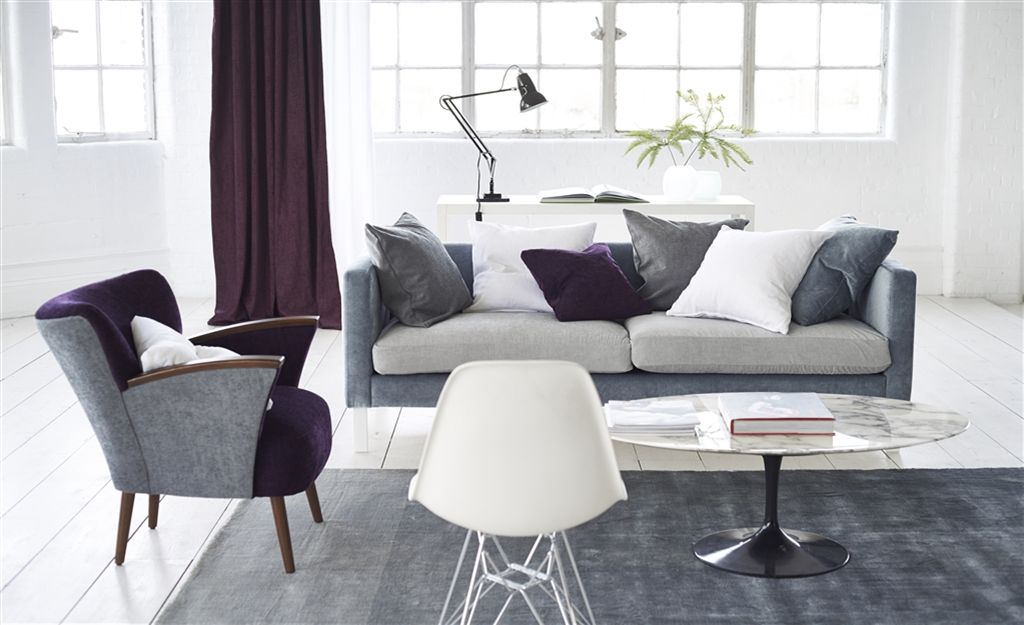
New Zealand has voted to keep its traditional flag in a snub to the prime minister, John Key.
Preliminary results announced at 8.30pm local time on Thursday showed that 1,200,003 (56.6%) of voters wanted to keep the Union flag-centred emblem. Only 915,008 (43.2%) opted for the proposed new design by Kyle Lockwood featuring a silver fern.
The results of the referendum, which is estimated to have cost NZ$26m (£12m), are expected be confirmed next Wednesday.
The long-serving and popular Key had strongly supported the flag change but it was not enough to win a majority, with many suspicious of him trying to use the issue to build a legacy.
However, he said after the results were announced that New Zealanders should embrace the current flag and “more importantly, be proud of it”.
“Obviously I’m a bit disappointed there was no change but nearly a million people voted for change,” he said. “Just because it’s not the outcome I wanted doesn’t mean it wasn’t a worthwhile process.”
Deputy prime minister Bill English said there had been a “robust democratic process” that allowed New Zealander “to discuss who we are and how we want to be represented on the world stage”.
“I acknowledge there will be those who are disappointed with the outcome, but the majority of New Zealanders have spoken and we should all embrace that decision.
“This process has engaged Kiwis in their homes, in their schools and in their workplaces, here in New Zealand, and right around the world – it is something we’ve all had a point of view on.”
Change the Flag campaign chairman Lewis Holman said he was “disappointed” but said the referendum had only started the debate.
“At the end of the day New Zealand’s people have spoken and given us a result a lot closer than we had originally thought. What it says is we have won the debate in changing the flag, we just lost it around process and design.”
“I do think it [a flag change] will happen in the next decade. This has kicked off the debate. This isn’t the end, just the beginning.”
After millions of dollars and months of high-profile voices weighing in (former All Blacks captain Richie McCaw was for the new design, the Retired Serviceman’s Association was not), there was a strong feeling of anti-climax on Thursday. Kiwis were seemingly more focused on the upcoming Easter weekend and bad weather causing flooding and power outages in parts of the country.
“I’m all for change … as without change culture doesn’t grow,” said former New Zealand defence force artist and soldier Matt Gauldie, who voted not to change the current flag.
“However … I didn’t like the design option. I didn’t feel it represented enough change to me … just a reshuffle of the status quo!”
RSA national president BJ Clark told the New Zealand Herald it was “an inspiring, strong show of democracy in action”.
“New Zealand service personnel sign up for a number of reasons, but one of the foremost of these is to safeguard the continuing of our way of life,” Clark said.
“It’s heartening so many Kiwis have exercised their right to have their say, and keep the flag. The people have spoken.”
For many New Zealanders, the biggest humbug of the referendum was the cost for a new flag that did not look startlingly different to the old one.
“I think it’s been talked about a lot and a lot more money has been spent on it than needed to be,” said William Nelson, a dentist from Carterton. “It would have been good to set us apart from Australia but the costs have blown out excessively.”
Winston Peters, the leader of New Zealand First, said: “All credit to the thousands who turned out to prevent change – they were determined not to be a push over.
“Why they voted with such a strong voice is no doubt linked to historic reasons and the $26m cost, with many believing it should have gone on more worthy causes.”
Prof Paul Moon, a New Zealand historian at the Auckland University of Technology said changing the current flag would have been like “amputating” New Zealand history.
“There was no popular sentiment for a change. Indeed, most people barely considered our national flag as an issue until it was thrust in front of them in the form of an impending referendum.
“Entrusted with a once-in-a-lifetime task to select four alternative contenders for our national flag, the panel delivered options that were insipid and unimaginative. And to make matters worse, for all the talk of inclusivity, serious Indigenous input was largely whitewashed. What we were left with was culturally monochromatic and aesthetically neutered design to go up against the incumbent.”
“We were told a new flag was needed because we were ‘more multicultural, ‘more independent’, and ‘more vibrant’ as a nation. Putting these cliches aside, the premise that we change a flag as our identity evolves is inherently flawed. Flags, like our names, remain with us as we mature and are the sum total of our existence.”
[Source:- The Guardian]




